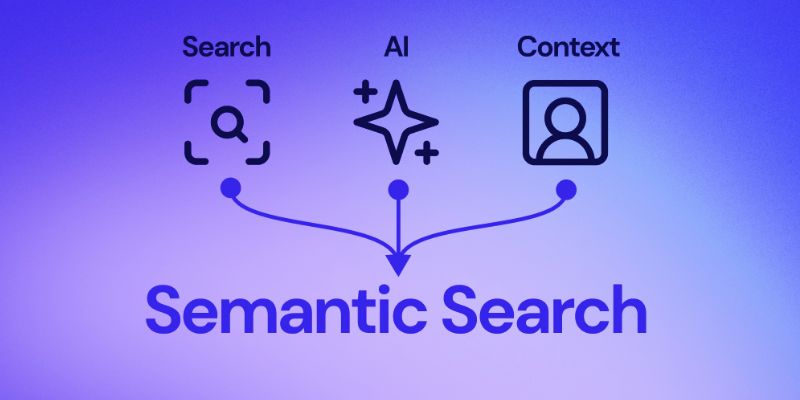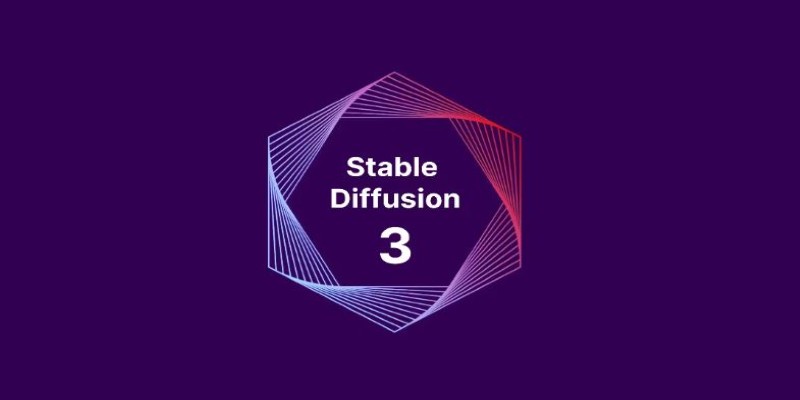Advertisement
The worldwide transformation occurs through Artificial Intelligence (AI). The performance of AI systems heavily relies on obtaining high-quality data for its proper operation. The initialization of an AI development project demands data that is already prepared. AI fails to detect patterns because the data contains errors and missing values.
 The foundation of a building receives its initial construction in data preparation. Weak foundations of a building make structures collapse. Proper data preparation stands as a necessary condition for AI models to achieve correct performance. AI systems require clean organized data with high quality to speed up learning experience and achieve better decision-making while producing accurate results.
The foundation of a building receives its initial construction in data preparation. Weak foundations of a building make structures collapse. Proper data preparation stands as a necessary condition for AI models to achieve correct performance. AI systems require clean organized data with high quality to speed up learning experience and achieve better decision-making while producing accurate results.
You need to establish the reason behind your data need before beginning work with it. Write your data goals down following two basic questions about your current problem. The necessary type of data remains undefined. The applications of AI within this data framework will be established in this phase. The establishment of a clear purpose enables you to obtain appropriate data before preparing it thus leading to both time and effort savings.
The next step requires gathering data after you specify your purpose. The data extraction process depends on customer feedback together with website analytics as well as sales records and social media comments and sensors and devices. The project requires gathering useful information needed for its execution. The collection of excessive or nonessential information will create complexity during the preparation phase so minimize such data acquisition.
Not all data you collect will be useful. Some may contain errors, missing values, or duplicates. It’s essential to review your data by checking for missing fields, typing mistakes, repeated entries, or unexpected values. Addressing these issues early improves the reliability of your AI model.
Data cleaning is a vital step in preparing your data. It involves several tasks, such as removing duplicate records, handling missing data by filling in gaps or removing incomplete records, correcting errors like spelling or formatting issues, and filtering out irrelevant information. Clean data ensures better performance for your AI model.
Organized data is easier for both humans and machines to work with. Use clear, logical naming conventions for rows and columns, group related data coherently, and maintain consistency in formats (e.g., dates or currency). Proper organization enhances data usability and understanding.
For many AI projects, especially in supervised learning, data must be labeled. Labeling involves marking data with the correct answer, such as identifying an image as a "cat" or "dog" or labeling emails as "spam" or "not spam." Accurate labeling is critical since AI learns from these labels.
Before training an AI model, divide the data into three sets: the training set (to train the model), the validation set (to assess performance during training), and the test set (to evaluate the model after training). Splitting ensures the model performs well on unseen data.
Raw data often requires transformation to be suitable for AI algorithms. This may include normalizing values, encoding categories into numbers, or creating new features from existing data. Transformation ensures the data is ready for AI models to process effectively.
If the data you have is insufficient, you can use data augmentation to create more examples. This might involve rotating images, rephrasing text, or other techniques to expand the dataset. Augmentation improves model performance by exposing it to a wider range of scenarios.
Before using the data to train your AI model, perform a final validation. Ensure the data aligns with your project goals, is free of major errors, and maintains a consistent format. Validation is the last step to catch any issues before they impact the AI’s learning process.
 Proper data preparation is critical to the success of any AI or machine learning project. Adhering to best practices ensures that your data is accurate, relevant, and ready for training. These practices minimize potential errors, reduce biases, and enhance the overall performance of your model. By focusing on consistency, quality, and thoroughness, you can create a solid foundation for developing reliable AI systems.
Proper data preparation is critical to the success of any AI or machine learning project. Adhering to best practices ensures that your data is accurate, relevant, and ready for training. These practices minimize potential errors, reduce biases, and enhance the overall performance of your model. By focusing on consistency, quality, and thoroughness, you can create a solid foundation for developing reliable AI systems.
Always document every step you take when working with your data. This includes recording the cleaning steps you perform, any transformations applied, and any issues or anomalies you encounter along the way. Detailed documentation ensures that you or your team can easily replicate the process if needed, saving time and avoiding errors. It also helps maintain transparency, which is essential for troubleshooting and improving workflows later.
Consistency is key when preparing data. Apply the same rules, formats, and standards across the entire dataset. This means using uniform naming conventions, date formats, and units of measurement, and addressing missing or duplicate data systematically. Inconsistencies can confuse AI models, reduce their accuracy, and compromise the reliability of your results. A well-maintained, consistent dataset lays the foundation for better model performance and insights.
Whenever possible, bring in domain experts who have in-depth knowledge of the data and its context. These experts can provide valuable insights into what the data represents, identify potential inaccuracies, and guide you in making better decisions when cleaning, labeling, or interpreting the dataset. Their expertise is particularly important for complex or specialized datasets where subtle nuances can make a big difference.
Leverage automation tools to streamline data cleaning, preparation, and transformation tasks. Many software solutions and libraries offer features like identifying duplicates, handling missing values, and standardizing formats. Automation not only saves significant time but also minimizes the risk of human errors during repetitive tasks. By automating tedious processes, you can focus more on analyzing and extracting value from the data.
Avoiding these mistakes will make your AI project much more successful.
Preparing data for AI development takes time and effort, but it is worth it. Good data preparation makes AI models smarter, faster, and more accurate. By following the steps in this guide — understanding your goal, collecting the right data, cleaning, organizing, labeling, splitting, transforming, and validating — you can set a strong foundation for your AI project. Always remember: better data means better AI results.
Advertisement

Work doesn’t have to be a grind. Discover how CrewAI and Groq help you design agentic workflows that think, adapt, and deliver—freeing you up for bigger wins

Think picking the right algorithm is enough? Learn how tuning hyperparameters unlocks faster, stronger, and more accurate machine learning models

What happens when AI goes off track? Learn how Guardrails AI ensures that artificial intelligence behaves safely, responsibly, and within boundaries in real-world applications

Follow these essential steps to build a clean AI data set using Getty Images for effective and accurate machine learning models

Curious how IBM's Granite Code models help with code generation, translation, and debugging? See how these open AI tools make real coding tasks faster and smarter

Understand here how embedding models power semantic search by turning text into vectors to match meaning, not just keywords

AI is used in the beauty and haircare industry for personalized product recommendations and to improve the salon experience

Learn simple steps to prepare and organize your data for AI development success.

Curious how Tableau actually uses AI to make data work better for you? This article breaks down practical features that save time, spot trends, and simplify decisions—without overcomplicating anything

Learn how to make your custom Python objects behave like built-in types with operator overloading. Master the essential methods for +, -, ==, and more in Python

Snowflake introduces its new text-embedding model, optimized for Retrieval-Augmented Generation (RAG). Learn how this enterprise-grade model outperforms others and improves data processing

Curious how Stable Diffusion 3 improves your art and design work? Learn how smarter prompts, better details, and consistent outputs are changing the game